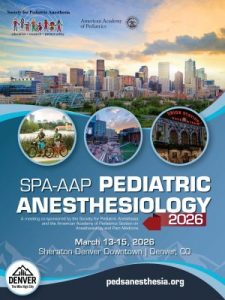The ASA Committee on Economics recently published an updated ASA physical status classification with specific examples of pediatric comorbidities. In a recent study by Ferrari LR et al., the updated pediatric ASA physical status classification moderately improved interrater reliability among pediatric anesthesiologists.
https://www.asahq.org/standards-and-guidelines/asa-physical-status-classification-system

